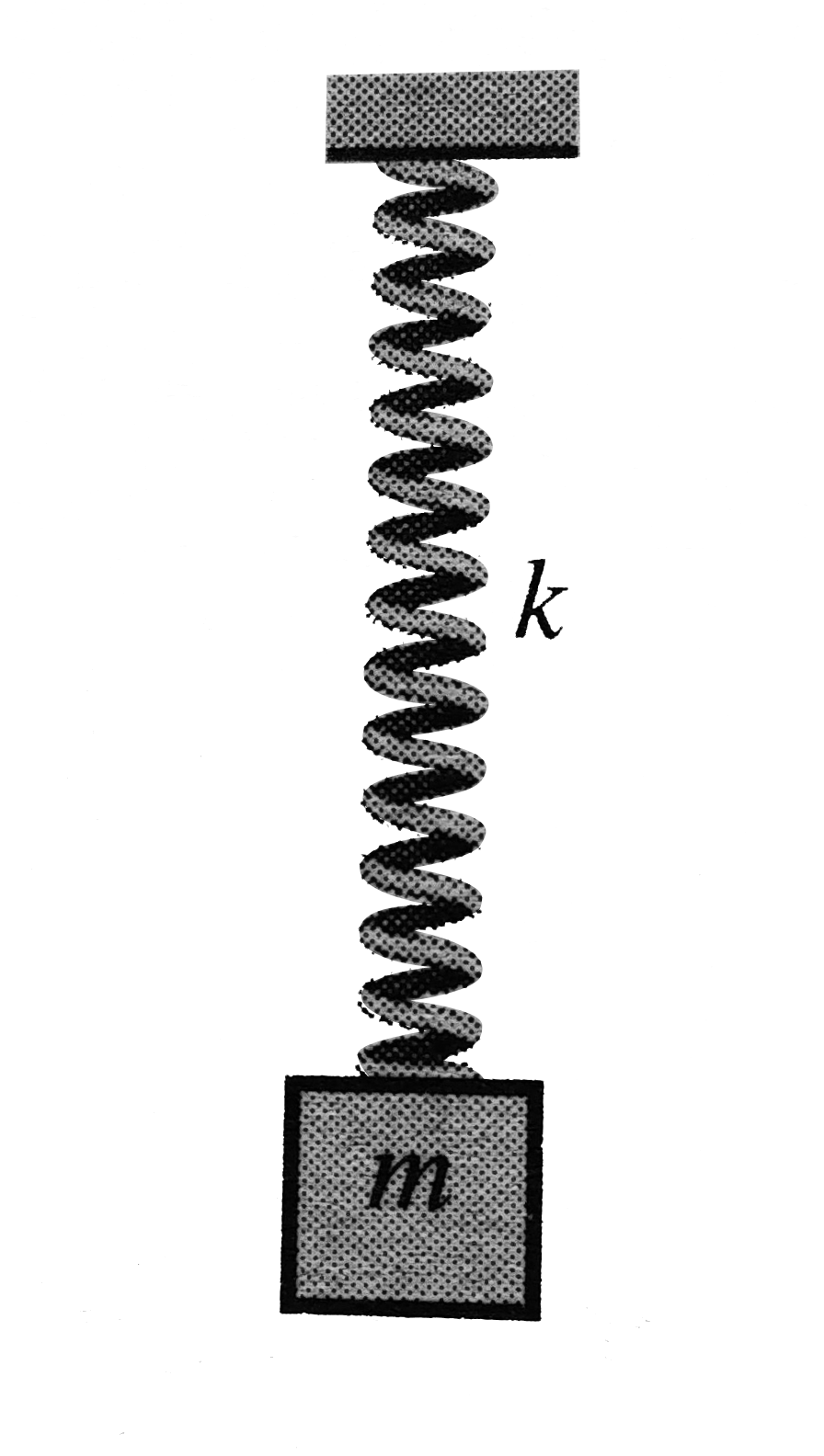Mark out the correct options:
A
First ionisation energy : Ca>K
B
Second ionisation energy , Mg>Al
C
Electron affinity : S>O
D
Ionic radius : Sc3+>K+
Text Solution
The correct Answer is:A, C
IE1(Al)<IE1(Mg) [due to stable configuration of Mg]. After ionisation, configuration :
Al:[Ne]3s23p0 Mg:[Ne]3s1
Now, Al has stable configuration and higher effective nuclear charge, that.s why
IEII(Al)>IEII(Mg)
Sc3+andK+ are isoelectronic speices, hence Sc3+<K+
|
Topper's Solved these Questions
- THE PERIODIC TABLE AND CHEMICAL FAMILIES BOOK - MTG-WBJEECHAPTER - THE PERIODIC TABLE AND CHEMICAL FAMILIES EXERCISE - WB JEE PREVIOUS YEARS QUESTIONS (CATEGORY 1 : SINGLE OPTION CORRECT TYPE
5 Videos
- THE PERIODIC TABLE AND CHEMICAL FAMILIES BOOK - MTG-WBJEECHAPTER - THE PERIODIC TABLE AND CHEMICAL FAMILIES EXERCISE - WB JEE PREVIOUS YEARS QUESTIONS (CATEGORY 2 : SINGLE OPTION CORRECT TYPE
2 Videos
- THE PERIODIC TABLE AND CHEMICAL FAMILIES BOOK - MTG-WBJEECHAPTER - THE PERIODIC TABLE AND CHEMICAL FAMILIES EXERCISE - WB JEE WORKOUT (CATEGORY 2 : SINGLE OPTION CORRECT TYPE)
15 Videos
- SURFACE CHEMISTRYBOOK - MTG-WBJEECHAPTER - SURFACE CHEMISTRYEXERCISE - WB JEE PREVIOUS YEARS QUESTIONS
3 Videos
Similar Questions
Knowledge Check

For the spring pendulum shown in fig. the value of spring constant is 3×104Nm and amplitude of oscillation is 0.1m. The total mechanical energy of oscillating system is 200 J. Mark out the correct option (s).AMinimum PE of the oscillating system is 50 JBMaximum PE of the oscillating system is 200JCmaximum KE of the oscillating system is 200 JDminimum KE of the oscillating system is 150 J.Mark the correct options :
AIf the far point is 1m away from the eye, diverging lens should be used,BIf the near point is 1m away from the eye, divergent lens should be used,CIf the far point goes ahead, the power of the divergent lens should be reduced,DIf the near point goes ahead, the power of the convergent lens should be reduced.Mark the correct options -
AGauss's law is valid only for uniform charge distributionsBGauss 's law is only for charfes placed in vacuumCThe electric field caluculated by Gauss 's law is the field due to all the cahrgesDThe flux fo the electric field through a closed surface due to all the charges is equal to the flux due to the charges enclosed by the surface
